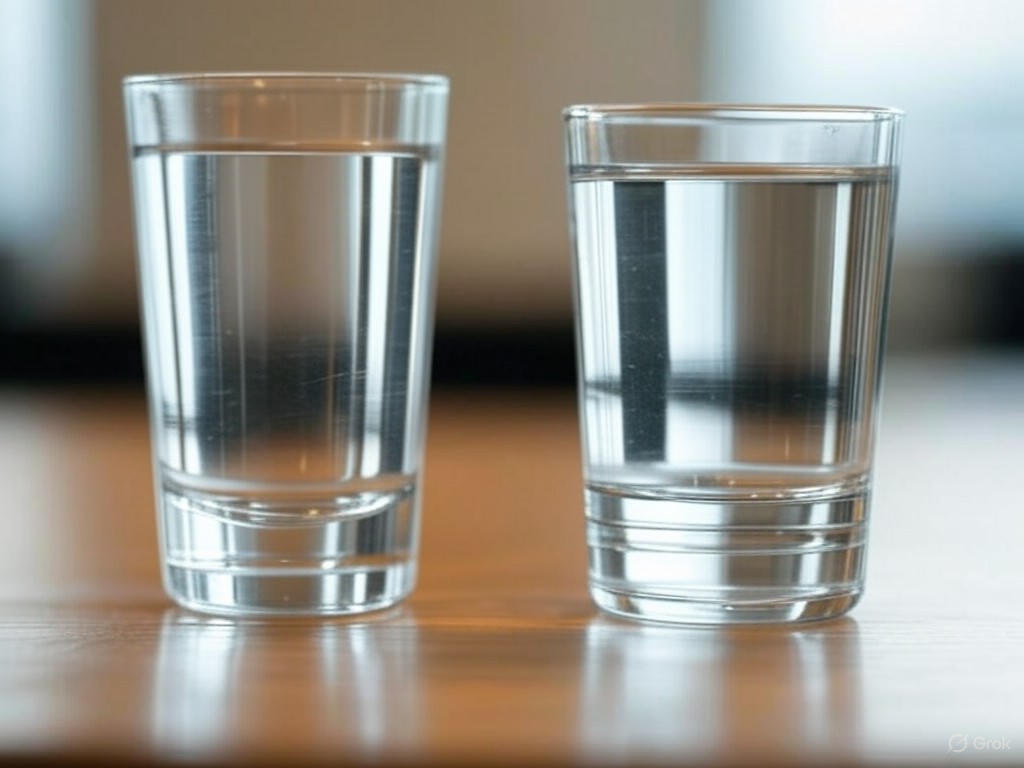Shaping Taste: Why Drinking Glass Design Matters to Customers
In the ever-evolving world of hospitality and consumer goods, even the smallest details can influence customer satisfaction. One such detail, often overlooked, is the shape of a drinking glass. Recent discussions in the business sphere have spotlighted a curious debate: do customers prefer wider drinking glasses over narrower ones? This seemingly trivial choice is proving to have significant implications for businesses ranging from restaurants to glassware manufacturers.
The shape of a glass does more than just hold a beverage; it shapes the entire drinking experience. Wider glasses, with their broader surface area, are often associated with a more casual, relaxed vibe. They allow for a fuller aroma to escape from drinks like wine or craft beer, enhancing the sensory experience. Customers at trendy bars or upscale bistros might gravitate toward these designs, as they feel the glass complements the drink’s presentation and flavor profile. Additionally, wider glasses are easier to grip, making them a practical choice for social settings where conversation and movement are key. Some businesses have noted that patrons linger longer over drinks served in wider glasses, potentially increasing sales of food or additional rounds.
On the other hand, narrower glasses evoke a sense of elegance and precision. Often used for fine wines or spirits, these designs concentrate the drink’s bouquet, directing it toward the drinker’s nose for a more intense olfactory hit. High-end establishments might favor narrower glasses to signal sophistication, aligning with their brand image. However, some customers find these glasses less comfortable to hold, and they can feel restrictive in more laid-back environments. There’s also the practical concern of spillage, as narrower designs are sometimes less stable on uneven surfaces—a potential turnoff in bustling venues.
Market trends suggest that customer preference often hinges on context. A survey conducted by a leading hospitality group revealed that 62% of patrons preferred wider glasses in casual dining or bar settings, while 58% opted for narrower ones during formal occasions. Glassware manufacturers are taking note, with some innovating hybrid designs that balance aesthetics and functionality. Retailers, too, are adapting by offering curated collections that cater to diverse tastes, ensuring they appeal to a broad customer base. For restaurant owners, the choice of glassware is becoming a strategic decision, intertwined with menu offerings and ambiance.
As the debate continues, one thing is clear: the shape of a drinking glass is no longer just a matter of style—it’s a business decision with tangible impacts. Whether it’s boosting customer dwell time or enhancing a drink’s perceived value, glassware plays a subtle yet powerful role in shaping consumer behavior. Businesses that pay attention to these nuances might just find themselves raising a glass to higher profits and happier customers, proving that even the smallest details can make a big difference in today’s competitive market.


